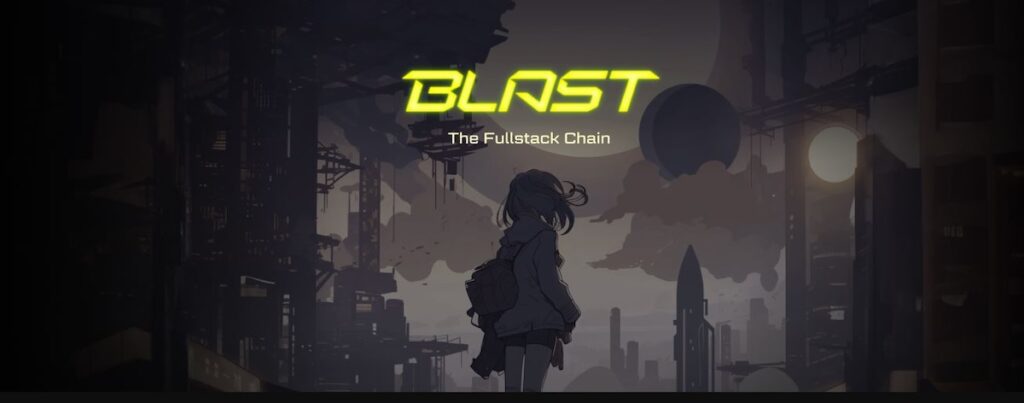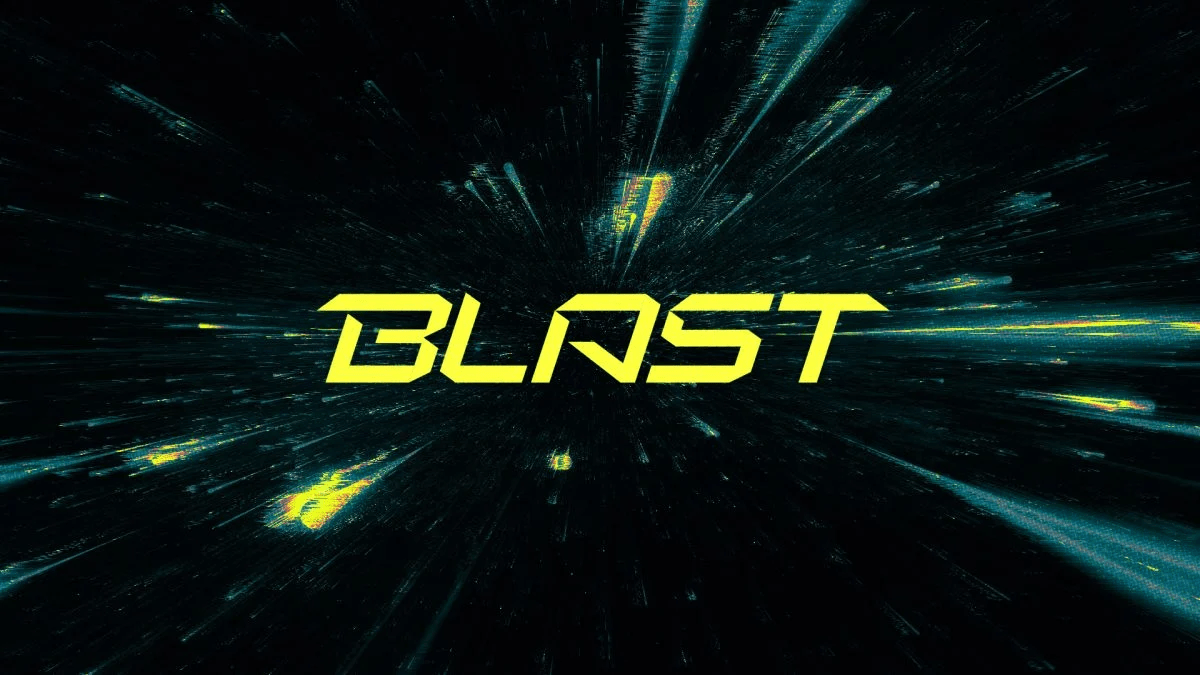The Blast Network is emerging as a prominent player in the web3 world, standing out among the numerous Ethereum Layer 2 (L2) solutions. Launched by the founders of the Blur NFT marketplace, Blast Network’s mainnet, known as Blast Mainnet, went live in February 2024. It aims to address the critical issues of high transaction fees and network congestion that often plague the Ethereum Mainnet. By offering innovative features such as native yield generation for ETH and stablecoins, Blast Network is positioning itself as a game-changer in the crypto space. This article delves into the essential aspects of the Blast Network, its unique features, and why it holds significant promise for the future of decentralized finance (DeFi).
What is the Blast Network?
The Blast Network is a Layer 2 blockchain designed to enhance the scalability and efficiency of blockchain transactions. The Blast ecosystem offers a user-friendly interface and robust infrastructure that supports a wide range of DeFi applications, allowing users to earn returns on their holdings directly within the ecosystem. Unlike other Ethereum L2 solutions, Blast distinguishes itself by providing ongoing interest payments for holding Ethereum (ETH) or USDB, the network’s native stablecoin, without the need for staking. Users only need to keep their tokens in their wallets to automatically accrue rewards, making the process seamless and user-friendly.
How Does Blast Mainnet Work?
Blast Network leverages a combination of ETH staking and other protocols behind the scenes to generate interest, which is then passed on to users. When users bridge assets by connecting their wallets and transferring assets to Blast, the assets are automatically staked within the network and locked into a smart contract. This enables Blast to earn interest on the locked tokens, subsequently distributing these earnings to users.
All stablecoins bridged onto Blast are converted into USDB, which uses a T-bill protocol from MakerDAO to generate interest. Both ETH and USDB are auto-rebased, providing compound interest just for holding these tokens in a wallet on Blast. This approach offers significantly higher interest rates than traditional bank accounts, making it an attractive option for crypto enthusiasts.
Getting Started with Blast Network
To start using Blast, users need to bridge tokens to the network. Early users may receive a token of appreciation through an airdrop, engaging and rewarding them for their early adoption. The bridging fees are relatively low, approximately $5. The official bridge currently supports transfers to and from the main Ethereum network, with a limited selection of accepted tokens. Various third-party services offer additional bridging options, sometimes with incentives like Blast Gold or other rewards.
Once funds are on the Blast network, users can earn airdrop points and compound interest without further action. For those interested in interacting with decentralized finance (DeFi) protocols or farming points from other projects, there are numerous options available. However, it is recommended to research any third-party services or dapps before using them to ensure security and reliability.
The BLAST Token
The BLAST token serves as the governance token for the network. With a planned total supply of 100 billion tokens, 50% will be distributed to the community through incentive campaigns over the next three years. At the time of reporting, the current market cap of BLAST exceeds $400 million, reflecting its growing prominence in the crypto market.
Blast Network Airdrop
Blast Network is running a blast airdrop campaign where users can earn airdrop points by engaging with the platform, holding certain assets in their wallet, inviting friends to join, and interacting with decentralized applications built on the Blast network. Users can earn blast points through this reward system by holding assets in their Blast wallet, inviting friends to join Blast, and interacting with dApps on the Blast network. Points are accrued based on crypto holdings and are compounded, increasing potential earnings over time. Additionally, Blast Gold points are distributed to various projects on the network, which often run community campaigns or quests to distribute these points further.

Gaming on the Blast Network
The gaming ecosystem on Blast is in its early stages but is expected to grow rapidly due to the network’s expanding user base. With over 600,000 active users, the platform is attracting attention from developers. Current games on the platform include:
- Gangster Arena: An idle game where players use Gangster NFTs to fight for GREED tokens.
- Crypto Valleys: A farming and adventure game similar to Stardew Valley, offering Blast Gold points.
- Blast Auto Club: A racing game claiming to be the first web3 game built on Blast.
Exploring Blast Ecosystem’s Applications
Beyond gaming, Blast opens up several compelling use cases with its native yields and other innovative features:
- Stablecoin Finance: The USDB stablecoin is perfectly suited for creating fiat tokenization, lending protocols, and alternative saving banks on Blast.
- NFT Marketplaces: Minimal gas fees enable easier NFT minting and trading.
- Metaverse: Virtual worlds and games can leverage Blast for their in-world tokenomics, allowing real estate and items to produce automated yields.
Final Thoughts
The Blast Network’s innovative approach to solving common blockchain issues, combined with its user-friendly interface and robust infrastructure, make it an attractive option for both gamers and crypto enthusiasts. By simplifying the process of earning interest and providing a robust platform for gaming and DeFi projects, Blast Network is positioning itself as a significant player in the web3 space.
For more detailed plans and goals, refer to their blog post titled “Blast Vision.” The network’s continued development and user engagement will determine its long-term success, but current indicators suggest a promising future. Stay up to date by checking their website and follow them on Twitter to learn more.
The Blast Network is not just another Layer 2 solution; it is a comprehensive platform designed to revolutionize the way users interact with blockchain technology. Its innovative features, such as native yield generation and a growing gaming ecosystem, make it a noteworthy addition to the Ethereum L2 landscape. As it continues to evolve, the Blast Network holds the potential to significantly impact the future of decentralized finance and gaming.
Credit: Source link
































